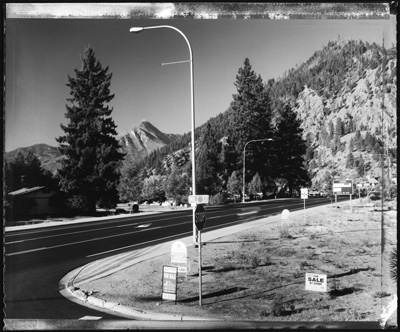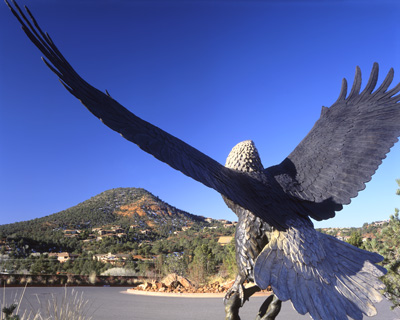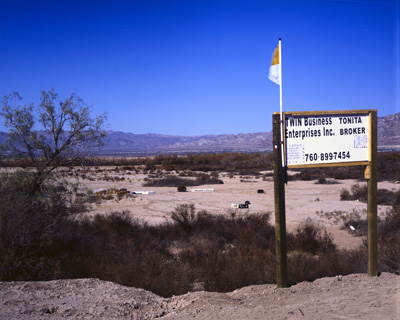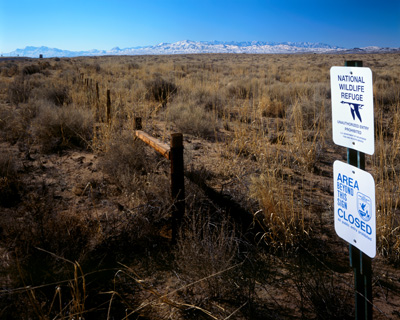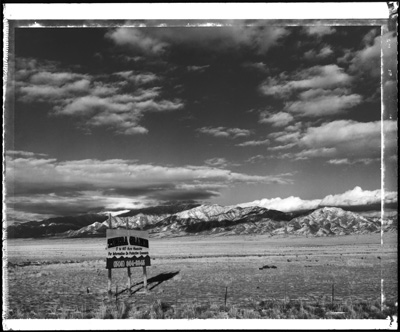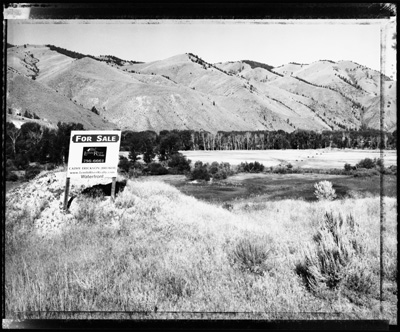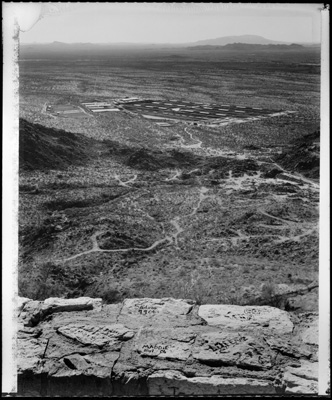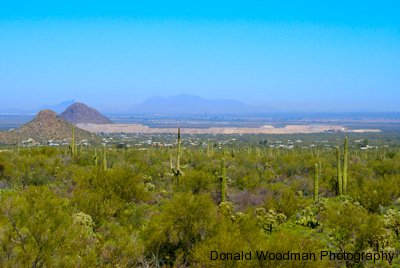When I was young, I studied with Minor White (1908 – 1976) renowned photographer, teacher, critic, editor, and curator, whose efforts to extend photography’s range of expression made him one of the most influential creative photographers of the mid-20th century. In his classes, it was a common occurrence to go on ‘road trips’, which entailed loading up film, packing up cameras and heading out to see what images were awaiting us ‘out there’. This series of images started as a ‘road trip’.
In July 2003, I planned a week long trip; as is my habit before embarking on such journeys, I gathered together a large collection of maps, allowing me to plot a trip that bypassed most major highways. At first, I had no idea what I wanted to photograph. After a day of driving, I became concerned that I would end up not taking a single photograph. So I reverted to a practice I had used in the past, stopping to photograph the next scene that attracted my attention. That turned out to be Prime Industrial Acreage, photographed on Route 191 in Wyoming. Thus was born The Selling of the West.
Landscape is a subject to which I have repeatedly returned over the years. The photo tradition I come from has been characterized as the ‘Ansel Adam School’ of the idealized landscape. Of course, nowadays, one has to travel to areas with sparse population that are inaccessible by motorized vehicle in order to find unobstructed vistas like those in Adam’s photographs. Or one has to crop out offensive power lines, roads and other signs of human encroachment. Using current technology, some photographers rely on Photoshop to remove the ‘offending’ object(s) or to clone together parts from various images – a sky here, a tree there, a beach, etc. But I don’t like to do that.
During subsequent photo trips over the next four years, it became clear that I wanted to record the landscape as it is; being sold, closed off and/or developed. At the same time, I admit it, I am susceptible to how realtors ply us with slogans like: “Solitude Brings You Closer to Paradise”; “River Runs Through It”; Build Your Dream Home”; “Hassle-Free Luxury”; “Often Requested, Rarely Available”; “Developable Land Is A Limited Commodity”; “It’s all about living in Strawberry Park, with trees all around and incredible views”; “One of a kind property”; “Your Home, On Your Lot, Your Way – Do you have a dream that transcends the ordinary?”
On these photo trips, I found myself day dreaming about having the money to buy whatever I wanted to; to be able to fly into the most remote areas to escape civilization; to create my own vision of the ideal environment; or being able to ‘save’ some vast acreage from unbridled development. Traveling down the road I often reflected: “wouldn’t it be great to live here”. Where realtor/developers see buildings, businesses and profit, I see defiled nature, displaced habitats and lost natural beauty. Alas, I don’t have the money to buy any of these properties or to fulfil these fanciful dreams. The only way I could ‘own’ any of these parcels was by photographing them.
I have tried to record what I see, but in order to accomplish this, I have had to shed the mantle of the tradition of landscape photography from which I come. These images come complete with trash, weeds, bushes, fences, roads and power lines, which make up the real world we live in. By the way, the titles reflect my quirky sense of humor.






















